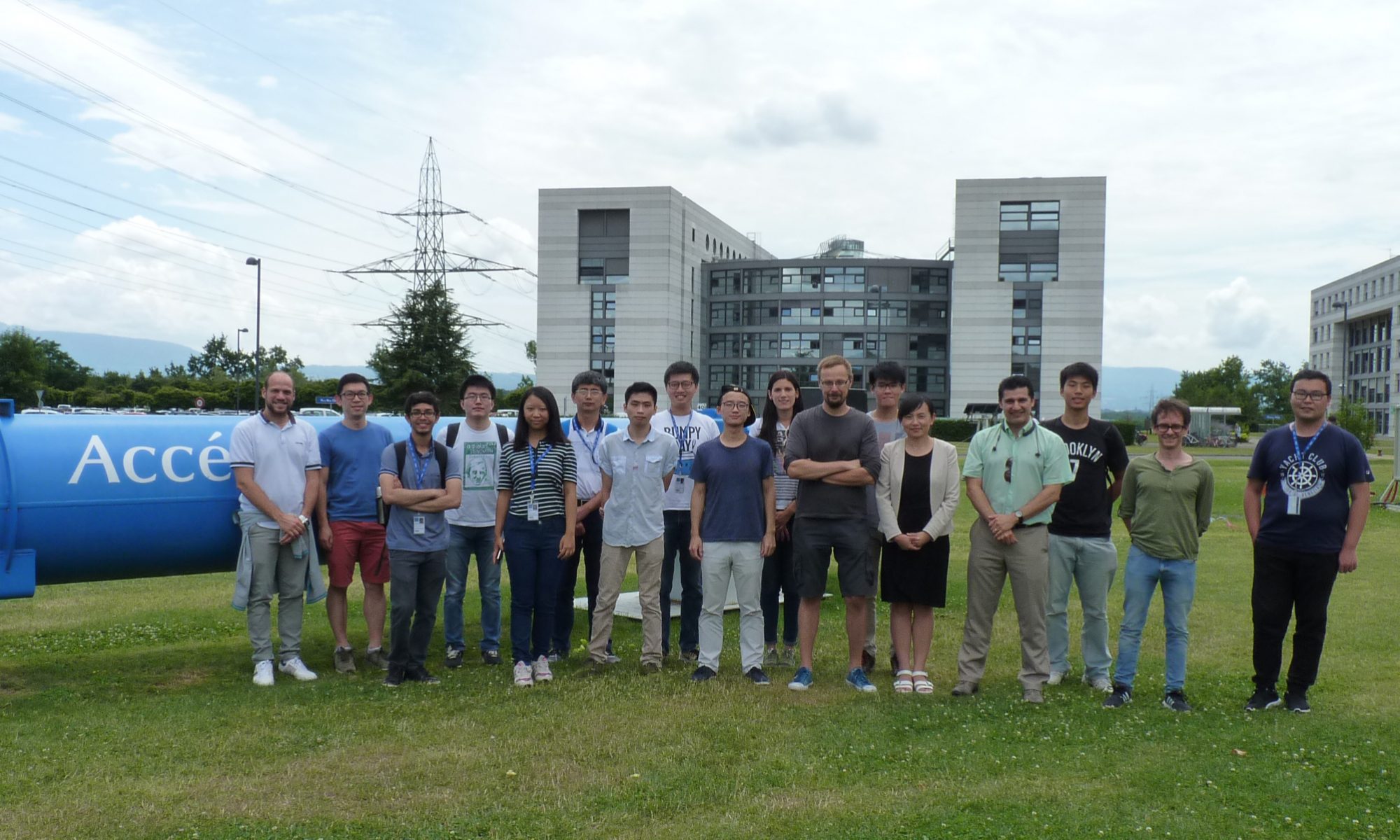It is likely that nearly everyone with a background in physics has heard of the renowned “God Particle,” or more formally, the “Higgs boson.” In 2012, the ATLAS and CMS collaborations (ATLAS stands for A Toroidal LHC ApparatuS, and CMS stands for Compact Muon Solenoid, a particle detector) at the LHC (Large Hadron Collider) announced the discovery of the Higgs boson, thereby completing the Standard Model. This discovery simultaneously unveiled fresh prospects for exploring physics beyond the Standard Model (BSM), marking the beginning of a new era of experimental investigations aimed at comprehending the properties of the Higgs boson. Currently, our team is engaged in exploring two specific areas of Higgs physics:
- Investigating the intrinsic properties of the Higgs boson, such as its spin and parity.
- Measuring the production and decay rates of the Higgs boson, as well as its coupling strength.
What is the Higgs Boson?
Here is a fascinating and award-winning analogy explaining the Higgs field using a crowd of people.
Why is the Higgs Boson a Big Deal?
The Standard Model makes various predictions about the properties of the Higgs boson, including its spin parity JCP = 0++ , its production cross sections, and decay branching ratio. Although the Standard Model has achieved remarkable success, supported by predictions that agree with the results of many high-precision measurements at the LHC, it is still incomplete, and new theories must be developed. Thus, one of the primary objectives of the LHC experiment is the search for physics beyond the Standard Model (BSM).
The Standard Model presumes a “minimum model” responsible for the Higgs boson’s existence, but there is no reason why nature should adhere to this minimum model (called Higgs sector). A more complex model may generate additional Higgs bosons with entirely different properties.
There is reason for physicist anticipating a more complex model. Certain BSM theory, such as MSSM we mentioned in supersymmetry page, require a complex model, which in turns solves many long-standing physics problems, including hierarchy problem, dark matter, and baryon asymmetry. In addition the study would help us ascertaining whether the newly discovered particle is fully responsible for Electroweak Symmetry Breaking.
Study of the spin, parity and Lagrangian tensor structure of the Higgs boson
Measurements of the Higgs boson production and decay rates and couplings strength
